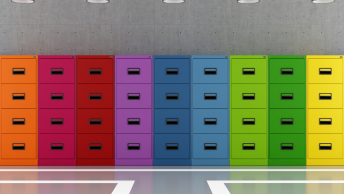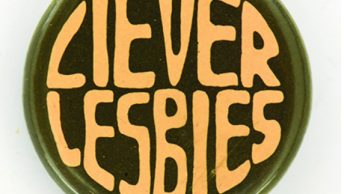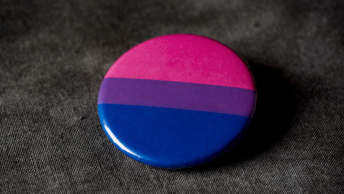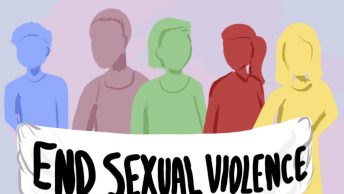“We have to challenge ourselves to think of how to support people in environments where they feel unsafe”1
These are challenging times for the lesbian, gay, bisexual, transgender, queer, and questioning (LGBTQ) community. LGBTQ youth experience more depression, more anxiety, and more suicidality than their heterosexual, cisgender peers.2
And it is not surprising that this population is negatively affected by the current COVID-19 crisis.
Isolated
Social isolation has become a hot topic in recent months—people are encouraged to “socially distance” which for many limits social interactions to a phone call or text message. Social isolation is an important factor in the development of mental health disparities among LGBTQ youth.3
While surrounded by their parents and siblings, some LGBTQ youth are isolated at home: They cannot freely express themselves, they may be unsafe, and may feel that it is better for them to hide in their bedroom or the so-called “closet.” Living with people who are not accepting of who you are and being told you need to distance yourself from a partner, peers, and school community, further perpetuates already existing health disparities.
Trapped
One way to alleviate social isolation is through social interactions and support, for example, on social media. Because TikTok is one of the fastest growing social media platforms, I decided to download the app and see how LGBTQ youth might find support there. It did not take long to find a range of funny and creative videos from LGBTQ youth sharing experiences on dating during quarantine, time lapses of being on testosterone, and heartwarming coming-out videos.
Concerningly, it also did not take long to find videos of youth sharing experiences of abuse, parents telling them to change their clothing, stop talking to their friends, or threatening to kick them out of the home. This confirms what we know from research: LGBTQ youth are more likely to experience abuse in the family home,4 and more likely to be placed in foster care or experience homelessness.5,6
What can we do?
When parents are not accepting, it is critical to have other trusted adults who show acceptance and support. Those adults are often teachers or other school personnel. They might offer support in class or Gender & Sexuality Alliances (GSA), and this has become more and more difficult during the COVID-19 crisis.
Fortunately, teachers and school personnel can still offer these forms of support. For example, the Trevor Project—an American non-profit organization focused on suicide prevention among LGBTQ youth—shows that support can be delivered online. Examples include regular online office hours, online GSA activities, and virtual extracurricular activities.7
Outside of school, a recent Dutch initiative may also fill part of this gap in support: LHBTI+ Support offers online support by and for the community, by phone and chat. In addition, LHBTI+ Support lists online available books, specially curated movies, shows, and online classes.
Clearly, the current COVID-19 crisis has isolated many LGBTQ youth from their social support systems, and may have trapped them in unsafe home environments. This crisis requires health professionals, teachers, friends, and family to find creative ways of reaching those youth who are in need of help.
Laura Baams, coordinator of the Flemish-Dutch Network LGBTI Research and Assistant Professor at the University of Groningen
Do you have thoughts about suicide? Talking helps. Chat via 113.nl or call 0900-0113.
Photo
Roberto Galan
References
- Greenhalgh H. 1 out of 3 gay men feel unsafe at home amid Coronavirus, survey finds. Huffpost. Published May 12, 2020.
- Russell ST, Fish JN. Mental health in lesbian, gay, bisexual, and transgender (LGBT) youth. Annu Rev Clin Psychol. 2016;12:465-487. doi:10.1146/annurev-clinpsy-021815-093153
- Baams L, Grossman AH, Russell ST. Minority stress and mechanisms of risk for depression and suicidal ideation among lesbian, gay, and bisexual youth. Dev Psychol. 2015;51:688-696. doi:10.1037/a0038994
- Baams L. Disparities for LGBTQ and gender nonconforming adolescents. Pediatrics. 2018;141. doi:10.1542/peds.2017-3004
- Baams L, Wilson BDM, Russell ST. LGBTQ youth in unstable housing and foster care. Pediatrics. 2019;143. doi:10.1542/peds.2017-4211
- López López M, ten Brummelaar M, Gonzalez Alvarez R, et al. “In My Room, I Was Myself” The Needs, Wishes and Experiences of LGBTQIA+ Youth in out-of-Home Care in the Netherlands. Groningen; 2019.
- Green AE, Price-Feeney M, Dorison SH. Implications of COVID-19 for LGBTQ Youth Mental Health and Suicide Prevention. New York, NY; 2020.










